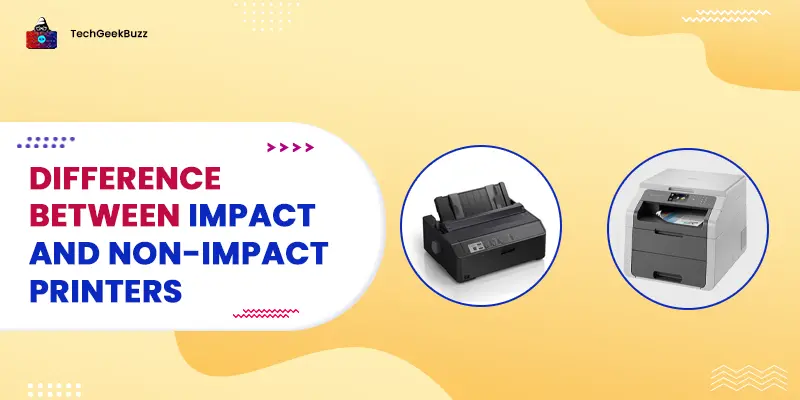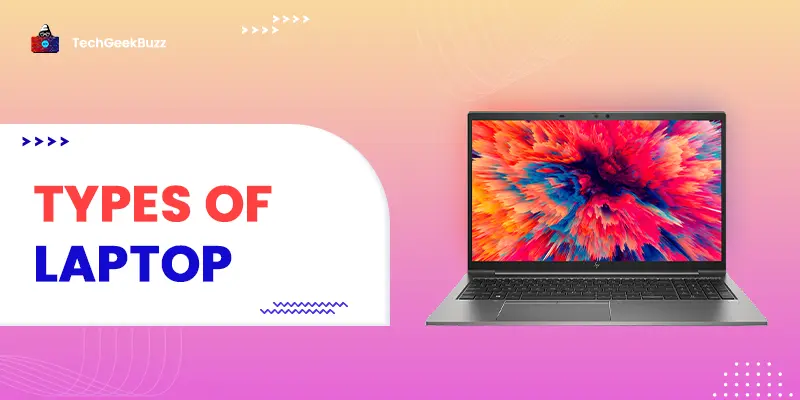COMPUTER SCIENCE
![What is an Assembler? [Definition, Working, & Types]](/media/new_post_images/What_is_Assembler.jpg)
What is an Assembler? [Definition, Working, & Types]
Like a compiler and interpreter, an assembler is a language processor that accepts the as…
![What is I/O? [Types, Examples, & Methods]](/media/new_post_images/What_is_I_O.webp)
What is I/O? [Types, Examples, & Methods]
In computing, I/O stands for Input/Output. It refers to the communication between a computer and it…

What is Booting? Know What Happens When a Computer Turns On
Whenever you want to use your computer, you generally turn it on, prеssing the power button. But ha…

Distributed Operating System - Features & Applications
A distributed system is a computing environment that combines multiple computer systems and softwar…

Network Operating System: Expedites Files & Resource Sharing
An operating system (OS) is software in charge of managing all other software programs installed on…

Diffеrеncе Bеtwееn Impact and Non-Impact Printer
Printеrs are among the most common output devices used widely. They help convert digital …

Difference Between Virus and Worm: Potential Cyber Threats
Virus and worms are two commonly used terms used by us to describe cyber threats. Many people use t…

Difference Between Email and Gmail: How Do They Differ?
The primary difference between Email and Gmail is that Email is a method of exchanging messages usi…

What is a Pen Drive? A Portable Secondary Storage Device
Pen drives are the most common external or secondary storage devices. People often use them to stor…

Locality of Reference: Efficient Memory Access and Caching
The locality of reference is an important principle useful in the design and architecture of comput…

8 Types of Scanners: Make Your Physical Documents Digital
A scanner is an input device that scans an image, text, and any other document and converts it into…

Types of Laptop: Discover the World of Portable Computers
Laptops have become essential to our life due to their functionality, portability, and design. Stud…
